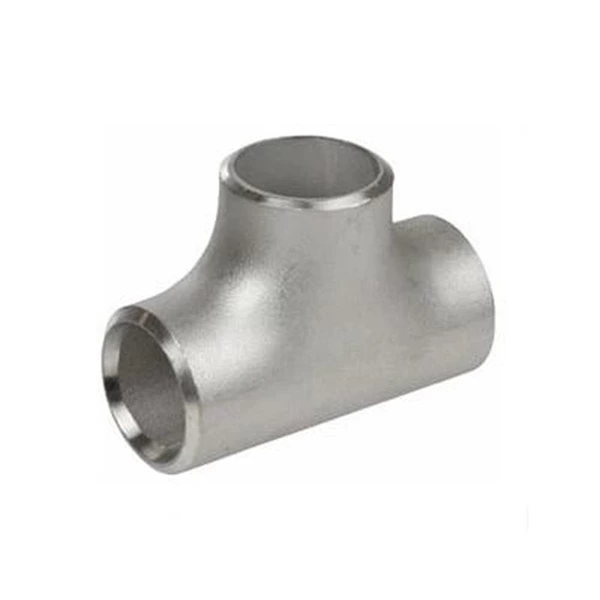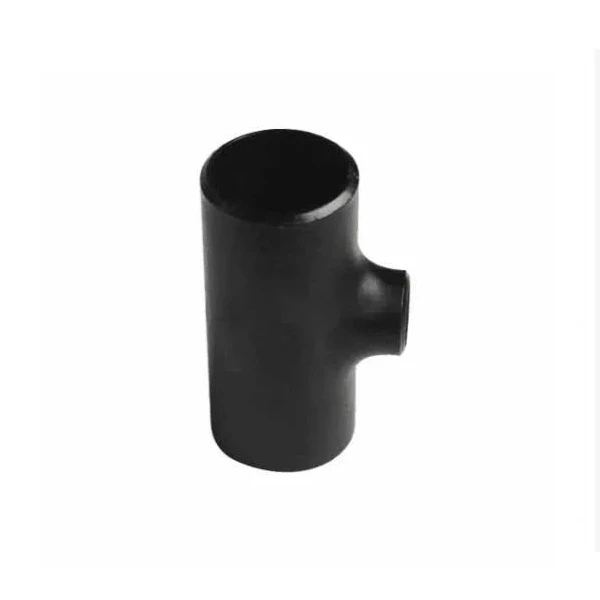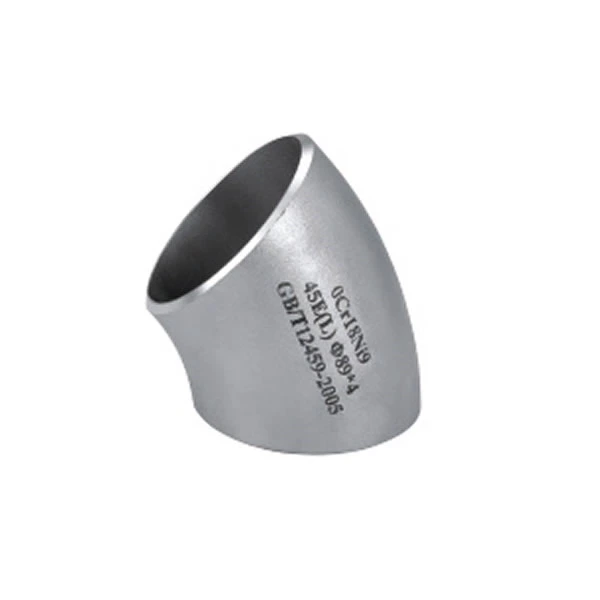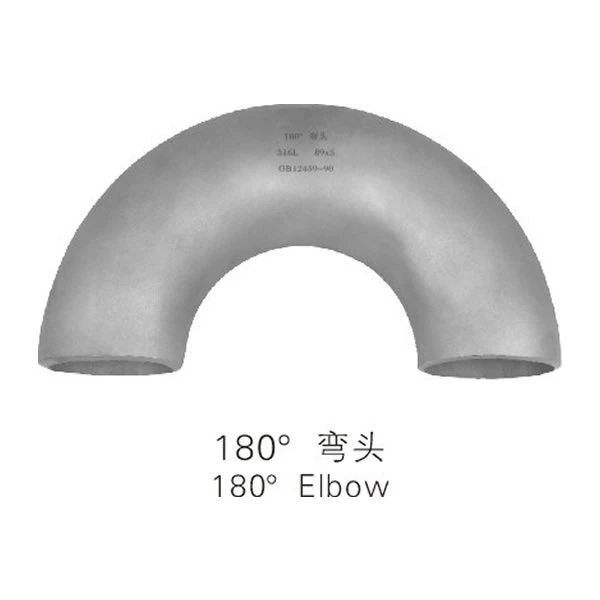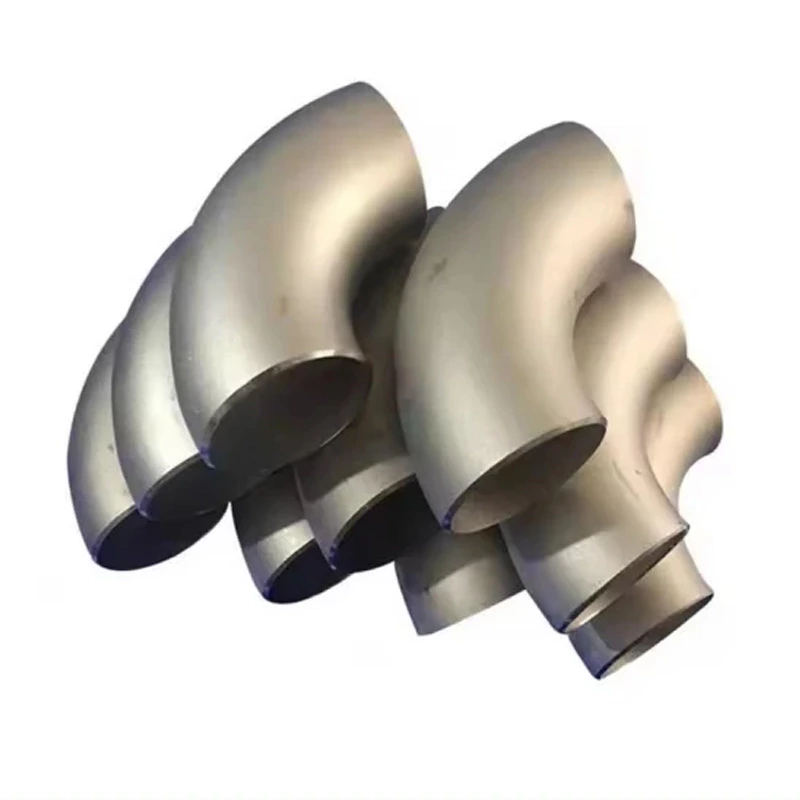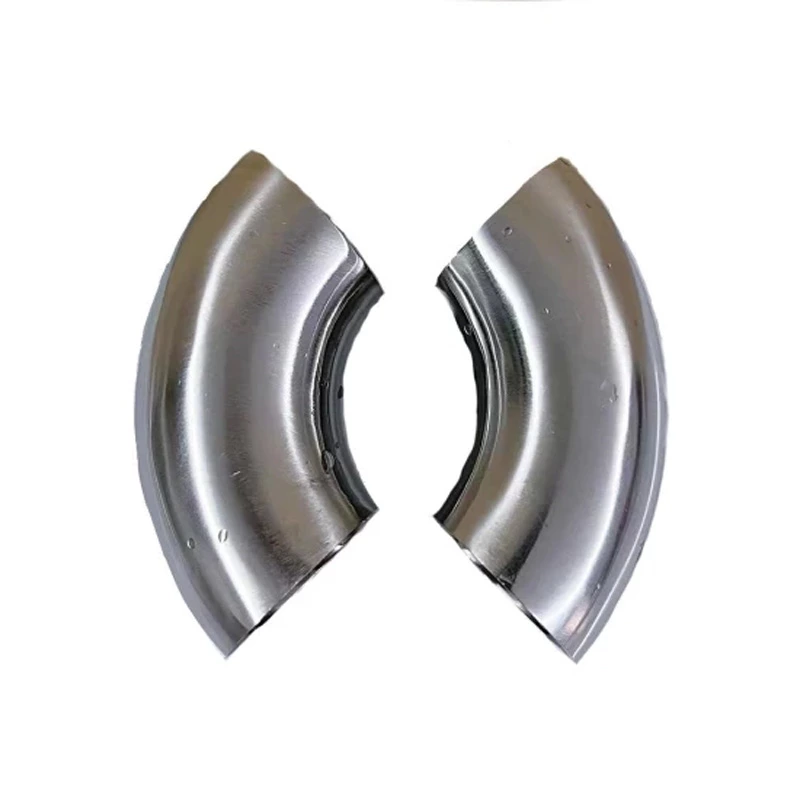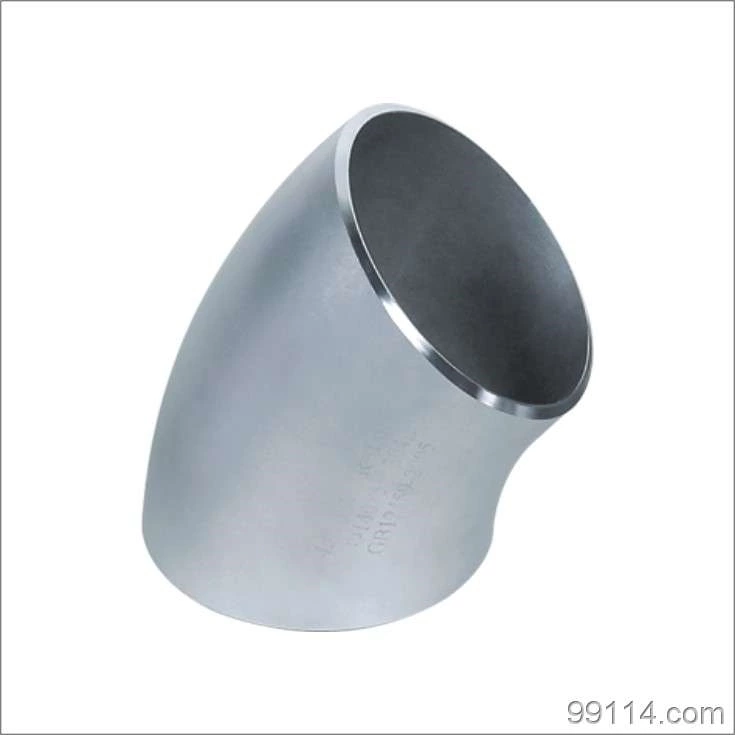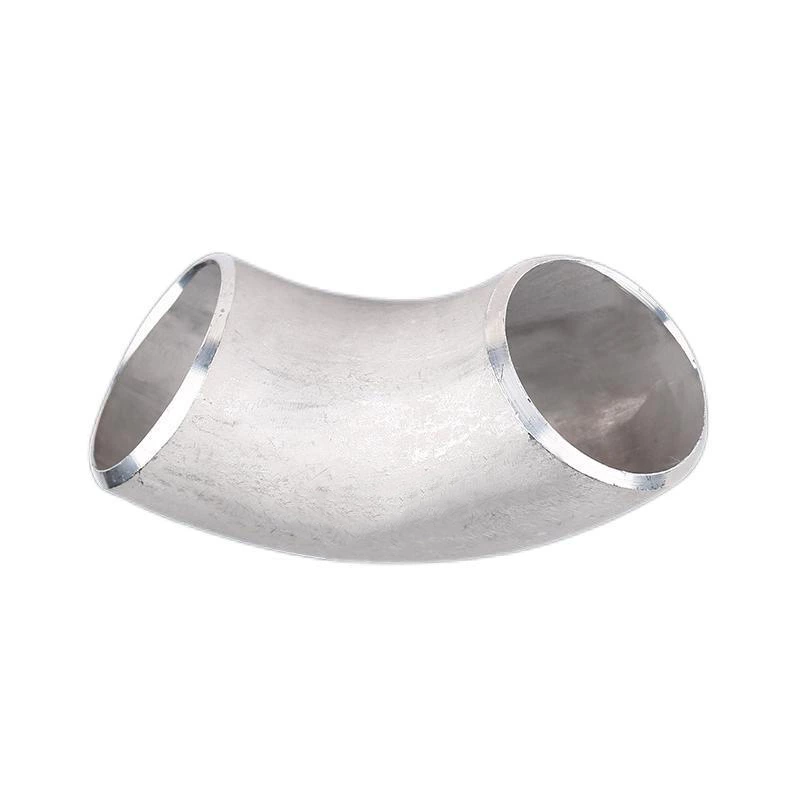Causes Of Sealing Failure And Flange Rust In Stainless Steel Pipe Fittings And Pipelines
The main manifestation of sealing failure in stainless steel pipe fittings is leakage. In the pipeline systems and devices in various industries, the sealing failure of flange joints can cause a large amount of waste of energy and raw materials. It is labor-intensive and material-intensive. If it is more serious, it will lead to equipment scrapping, shutdown, casualties and serious environmental pollution.
The importance of inspection and replacement of rubber flexible joint pipeline flanges. In daily pipeline maintenance, the flanges of rubber flexible joints are sometimes inspected to see if there are leaks and damages. When they are damaged, they need to be replaced. Each replacement must take into account the medium, temperature, pressure and even the construction conditions on site where the gasket is located.
In the use of flanges, there are also many performance requirements. What performance requirements need to be met when using this product? First of all, it needs to meet the requirements of low cost. When any user uses a product, they also hope to save costs. The low cost mentioned here has two requirements. One is that it needs to have a low price on the product itself. Secondly, it also needs to reduce the cost of welding. Some products will increase the cost of welding, which will also improve its overall use.
Here are some common reasons why stainless steel flanges rust:
1. Acids, alkalis, salts and other substances (such as alkaline water and lime water splashed on the decorative wall) are attached to the surface of Stainless Steel Flange, causing local corrosion.
2. In polluted air (such as an atmosphere containing a large amount of sulfides, carbon oxides and nitrogen oxides), condensed water forms sulfuric acid, nitric acid and acetic acid liquid points, causing chemical corrosion. The above situation will cause the protective film on the surface of the stainless steel flange to be damaged, leading to corrosion. Therefore, in order to ensure that the metal surface is bright and not corroded.
3. Dust containing other metal elements or adhesives of different metal particles are deposited on the surface of the stainless steel flange. In humid air, the adhesive and condensed water between the adhesive and the stainless steel flange connect the two into a micro-battery, resulting in an electrochemical reaction and damage to the protective film. This is called electrochemical corrosion.
4. Juice (such as melon, vegetables, noodle soup, sputum, etc.) is attached to the surface of the stainless steel flange. Under the action of water and oxygen, acid is formed, and for a long time, the acid corrodes the metal surface.

